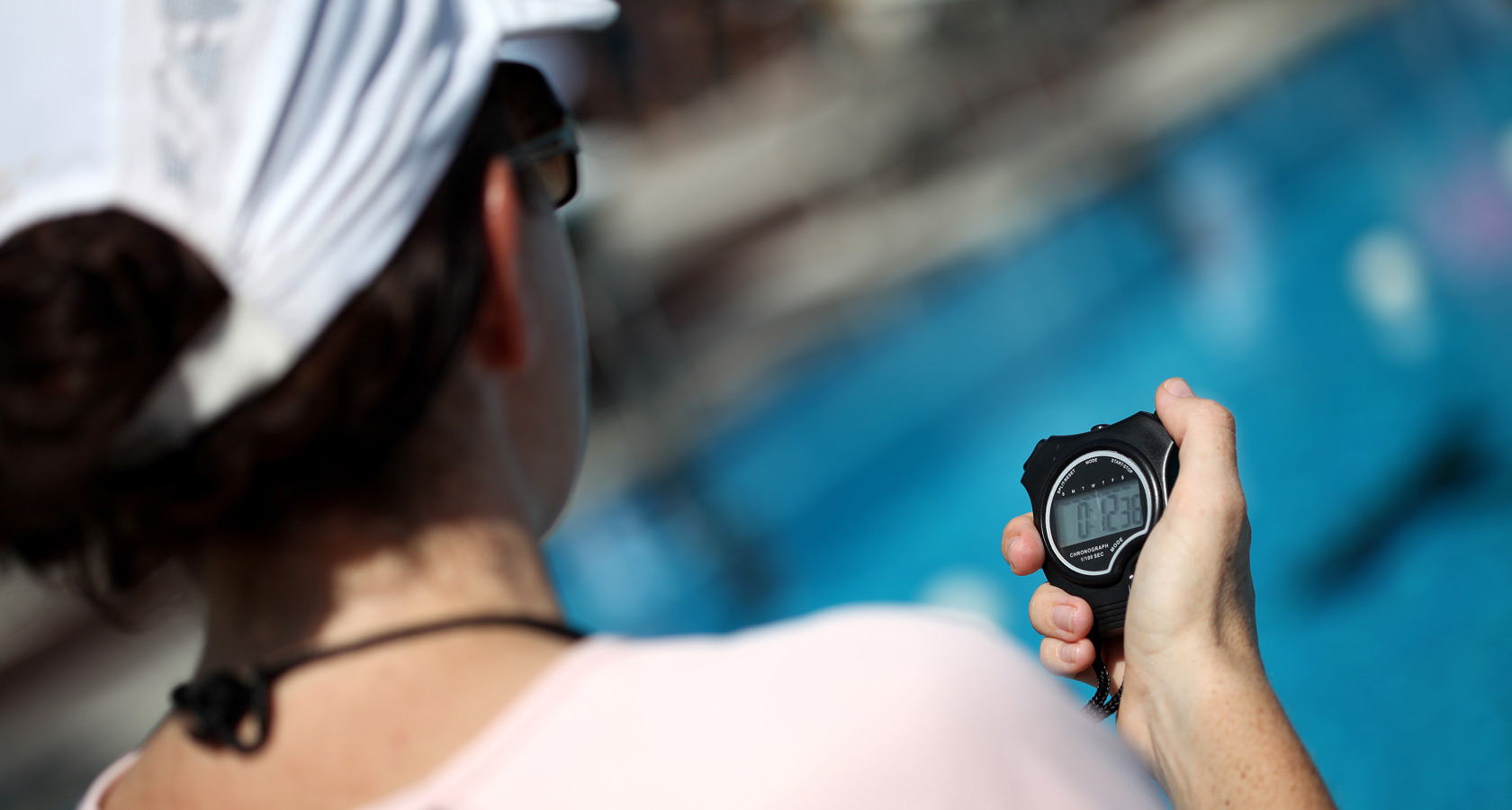Eliminate Bad Habits to Swim Better
Eliminate bad habits in your swim stroke right from your start. Swimming is different from running or cycling because it is the most technique-dependent of the three disciplines. Eliminate technique habits right from the beginning to gain your swim powers. And the key to eliminating bad swim habits is to avoid them in the first place.
Consider engaging a swim coach. A good swim coach can start your swim career on the right trend. Your coach will evaluate your present level, build your fundamentals, bring you along on a constant path and help you prevent picking up bad habits. And bad habits are easy to collect in swimming, but very hard to replace. You may be tempted to watch a few online videos and follow the do-it-yourself route. The difference with swimming, though, is proprioception — your own sense of the position of your limbs and trunk and how your body is moving. Your proprioception is accurate in cycling and in running, but in the sensory-deprivation element of water — no gravitational feedback and little ability to see yourself — proprioception is limited. In the early days of filming Olympic swimmers and showing them their own swim stroke, a commonly uttered phrase from the swimmers while watching their own film was, “I don’t do that.” Your coach will watch your stroke, give you feedback, show you video of your technique and build your progress. And no, some friend or other athlete who is a good swimmer is not likely a trained coach. People who learned to swim at an early age can be good swimmers, but most often they cannot tell you what you should do to become a good swimmer.
Swim frequently. This may sound obvious, but in swimming as in the other disciplines, frequency (with good form) is more important than anything. If you can only get in 500 or 1,000 yards, you might say, “Oh it’s hardly worth getting wet for that.” A short swim many times is better than a few long swims. Some athletes try to swim a streak — swim 20 or 30 days in a row. On your rest days, just go swim easy and do drills for 15 minutes, just to keep in touch with the water and help your system get accustomed to swimming.
Wait for the speed. Swimming fast will come slowly. Be patient. Work on technique. Stick with your coach’s approach. Your speed will increase over time, and not every swim session is going to be better than the last. If you swim with a masters group, make sure you tell the coach on deck your swim level and ask her to keep an eye on your form, make suggestions and to place you in the appropriate lane.
Swim when you don’t feel like it. Of all the bad habits to acquire in your swimming, perhaps the worst is to skip workout sessions. Resist the urge to skip the swim. There are times when you just don’t feel like swimming. You had a difficult session last swim. Your coach gave you drills that were difficult to execute. You are a little tired. The drive to the pool presents an obstacle. Here’s how to get to the pool:
In the privacy of your own mind, place yourself at the pool after having finished your workout. Notice the feeling you feel right now. Grab a little pinch of that feeling. Now say to yourself, “How will I feel later if I skip this workout?” If the answer is less compelling than that feeling of having finished it, get up and go.
Find more motivation tips here, and if you have yet to come to love swimming, believe indeed that you can.


